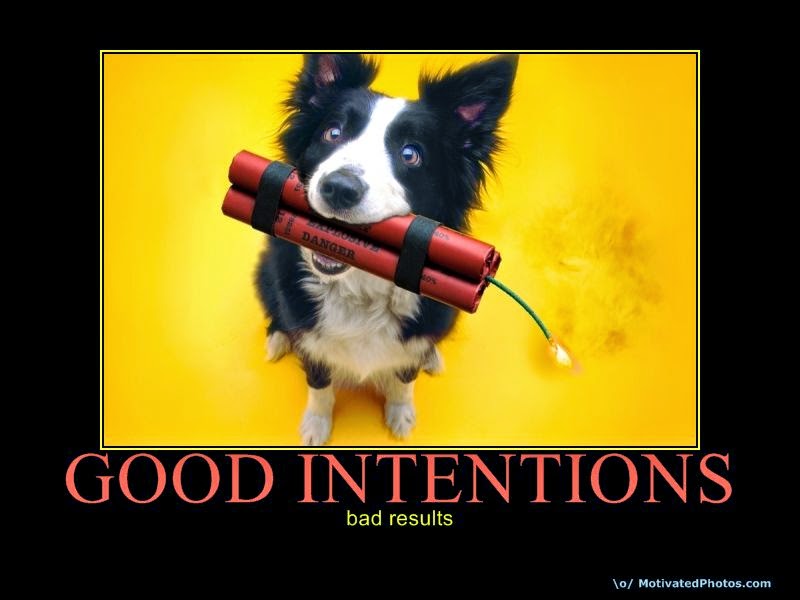Um texto, "
Ineficiência na gestão custa 47 milhões à hotelaria todos os anos", que mereceria reflexão especial no recato de cada organização e a nível de associações do sector.
"Desfasamento entre o 'boom' da procura e a adequação do preço médio da hotelaria custou, em cinco anos, 235 milhões.
...
Quanto custou a ineficiência na gestão do boom da procura turística à hotelaria? Em cinco anos (de 2012 a 2016), nas três regiões onde o desfasamento entre o disparo da procura e a resposta do setor foi maior, as empresas hoteleiras perderam 235 milhões de euros.
...
O estudo da BlueShift comparou o período compreendido entre o ano antes do arranque da procura (2012) e o ano recorde para o turismo nacional (2016). A análise pretendeu averiguar até que ponto as organizações conseguiram ou não tirar partido da nova tendência de crescimento. Deste modo, foram comparadas a Taxa de Ocupação e o Preço Médio, já que a rentabilidade operacional só pode ser maximizada se ambos se expandirem. Um euro de crescimento em preço, por exemplo, traduz-se diretamente em resultados. Se esse mesmo euro for apenas conseguido via ocupação, apenas 40 cêntimos (numa operação otimizada) traduzem-se em resultados — uma vez que é necessário subtrair os custos variáveis do montante acumulado."
Triste é as associações sectoriais serem chefiadas por gente mais interessada em fazer política partidária do que em pensar o sector e trabalhar para fazer sempre a melhor limonada com os limões que a vida nos dá em vez de estar sempre no choradinho porque nos calharam limões e não ananases ou maracujás.
O filme é claro, o estudo começa em 2012 com o ano a que chama "antes do arranque da procura":
O presidente de uma associação não pode e não deve falar impunemente. Deve ser consequente, deve ser responsável. Não deve mentir mas deve dar esperança. Não esperança cor de rosa, não esperança mágica mas esperança com base nas oportunidades que possam existir. O que dizia o presidente da Associação da Hotelaria de Portugal:
"Para 2013 espera-se menos emprego, menos investimento, pior prestação em termos de resultados. Não há milagres"
"A hotelaria portuguesa poderá ter um ano de recordes em 2013. Até ao final do ano, o sector prevê receber 14,5 milhões de hóspedes, contra 13,9 milhões em 2012, e 42 milhões de dormidas, face aos 39,8 milhões do ano passado. “Nunca se atingiram estes números em Portugal e vamos ter resultados significativos este ano”, sublinha o presidente da Associação da Hotelaria de Portugal (AHP), Luís Veiga, em entrevista ao SOL." [Moi ici: Em algum lado ouviram uma retratação deste senhor? Não, qual Cravinho continuou como se nada se tivesse passado]
O senhor até me faz recordar Pessoa:
"«Aqui ao leme sou mais do que eu:
Sou um Povo que quer o mar que é teu;"
Ao leme de uma associação não deviam estar os mais retrógrados, deviam estar os visionários, deviam estar os que dão esperança, os que
mostram sugerem caminhos, gente com locus de controlo interno. Gente que sabe que ao leme têm de ser mais do que são.
Quando ao leme está alguém que vê e proclama que o copo está meio vazio o que é que faz a maioria? Acredita na mensagem de que o copo está meio vazio.
Aquele trecho lá em cima:
"Um euro de crescimento em preço, por exemplo, traduz-se diretamente em resultados. Se esse mesmo euro for apenas conseguido via ocupação, apenas 40 cêntimos (numa operação otimizada) traduzem-se em resultados"
devia ser objecto de reflexão profunda. Sabem qual é a elasticidade da procura? Sabem quantos clientes perdem quando aumentam o preço 1% Sabem quanto ganham a mais quando o preço aumenta 1%? Espero que saibam que o objectivo não é ter os quartos todos ocupados mas sim ganhar dinheiro.
Em vez de olhar para estas coisas, qual Dastardly, sempre a olhar para a concorrência, sempre preocupado com o queijo a que tem como direito adquirido:
E olhar para dentre e ser frontal só deve trazer problemas. Imaginem o que seria com alguém da estirpe do
senhor Proença à frente da AHP.











%2006.21.jpeg)












